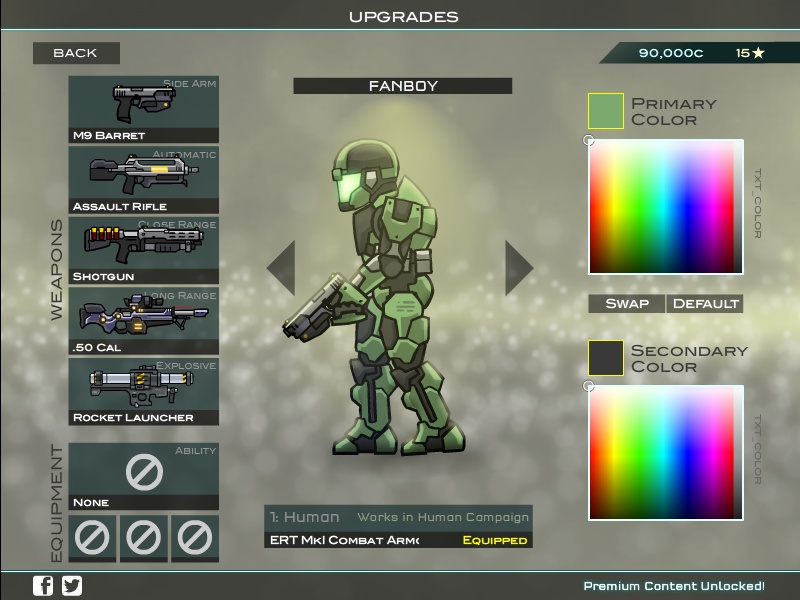

Also, these reagents are only available for a few protein targets to date. Similarly, affimers are non-covalent, and sometimes require post-fixation, which may lead to off-target labelling. However, although SOMAmers spend a long time bound, they still rely on a non-covalent interaction, and can potentially dissociate during long imaging times. More recently, approaches to address this aim and minimize the linkage error include ncAA incorporation, affimers and SOMAmers, which all allow 1 : 1 functionalization. Thus, multivalent interactions between proteins, multiple target strands per protein, and incomplete labelling are still challenges that need to be addressed. However, this approach relied on the use of probes labelled with multiple DNA target strands.

With this approach, good agreement was achieved between the theoretical binding/unbinding rate and the observed number of proteins.
This method abrogates the uncertainty associated with the stochastic nature of fluorophore blinking and exploits a priori knowledge of the binding/unbinding behaviour of the probes. This approach was extended to determine the number of proteins/targets present in subdiffraction structures, termed qPAINT. demonstrated an SMLM approach using the binding/unbinding of short fluorescently conjugated DNA probes to antibodies labelled with complementary target strands, known as DNA-PAINT. Such approaches have then been used to observe proteins at the single-molecule level. For example, stable and stoichiometric coupling of fluorescent labels to proteins of interest has been achieved through genetically encoded affinity tags, non-canonical amino acid (ncAA) labelling and orthogonal chemistry. To address these challenges, approaches have been developed that allow a chemically versatile stoichiometric covalent linkage to be formed between biological molecules and fluorescent probes, in structurally defined positions. The lack of such control can confound or alter the observed biological behaviour and states of single molecules, complexes and structures due to suboptimal labelling, cross-linking due to multivalency or label exchange.

An important challenge for single-molecule localization microscopy (SMLM) for quantitative measurements is control over the stoichiometry of the label to the molecule of interest. There have been 10,763 plays and 3 likes from 3 votes since. You must beat the human campaign first to unlock the alien campaign. The game features 4 available game modes: Quick match where you are randomly placed in an arena with bots, Campaign mode where you play the story of the human and the alien race, daily challenges, and premium campaign. Raze 3 features better graphics and performance, AI balance, weapon tweaks, improved UI, more weapons, and a lot more. Raze 3 is an awesome futuristic shooting game and the third installation of the Raze series. Arm yourself with futuristic weapons and shoot robots, aliens, zombies, and other soldiers! Use the vast array of weapons at your disposal in Raze 3! Protect the Earth, or play as a villain and fight for its destruction in this futuristic shooting game.


 0 kommentar(er)
0 kommentar(er)
